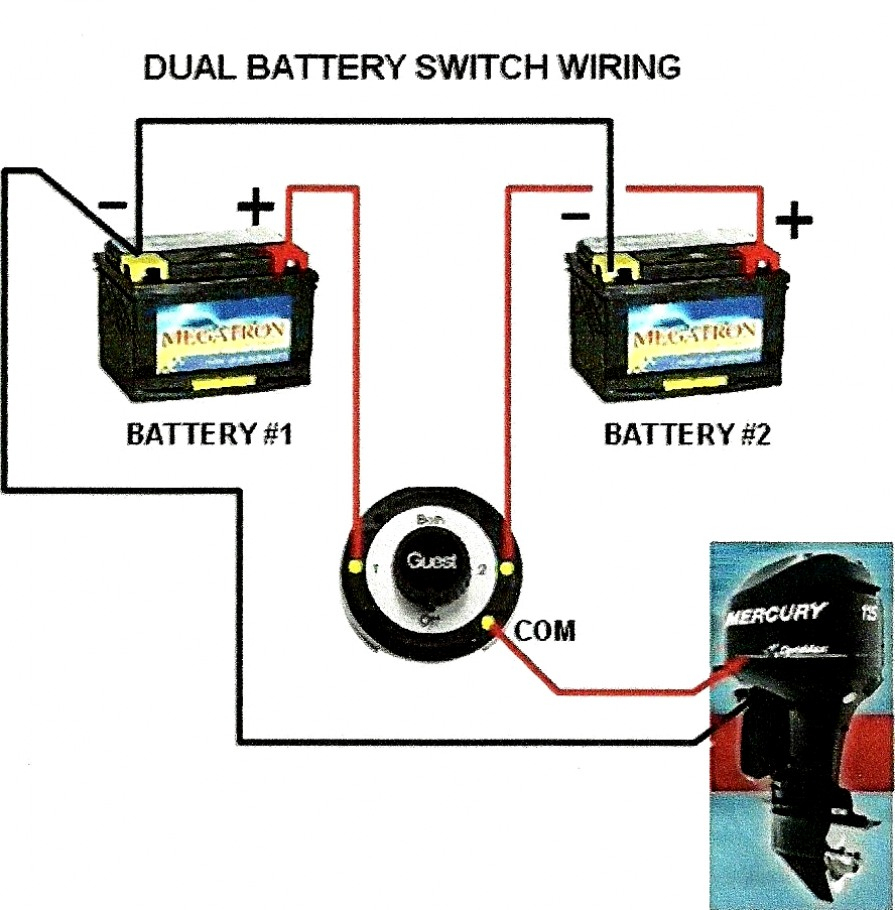Boat Safety Essential: The Power Cut Off Switch

Imagine this: you're enjoying a peaceful day on the water, the sun on your face, the wind in your hair. Suddenly, an unexpected wave rocks your boat, someone falls overboard, or a fire ignites in the engine compartment. In these critical moments, a boat's power cut off switch can be the difference between a near miss and a disaster. It's a small device with a huge responsibility: the safety of your vessel and everyone on board.
A boat power cut off switch, sometimes referred to as a battery disconnect switch or an emergency stop switch, is a vital piece of safety equipment that instantly cuts off the electrical power to the engine. This immediate power disruption can prevent further injury in the event of a person falling overboard and coming into contact with a spinning propeller. It also plays a crucial role in containing fires by cutting off the power supply to the ignition system.
While the exact origin of the power cut off switch for boats is difficult to pinpoint, its development is closely tied to the rise of electric start engines and the increasing awareness of boating safety. As boats became more complex and powerful, the need for a reliable and readily accessible way to shut down the engine in emergencies became increasingly apparent. Early versions were often simple toggle switches, but modern designs incorporate weatherproofing and advanced features for enhanced reliability.
The importance of a power cut off switch cannot be overstated. It's a mandatory safety requirement in many jurisdictions and a crucial component of responsible boat ownership. Without a functioning power disconnect, you are not only putting yourself and your passengers at risk, but also potentially jeopardizing other boaters and the environment. A runaway boat with no one at the helm can cause significant damage and endanger lives.
One of the main issues related to power cut off switches is neglecting their maintenance and testing. Corrosion, loose connections, and faulty wiring can render the switch ineffective when you need it most. Regular inspection and testing, preferably before each outing, are essential to ensure it's in optimal working condition.
A power cut off switch is typically a robust, weatherproof switch located in a readily accessible position, usually near the helm. It works by interrupting the flow of electricity from the battery to the engine's ignition system. There are different types available, including toggle switches, key switches, and push-button switches. For example, a simple toggle switch requires a manual flip to cut off the power, while a key switch offers an additional layer of security.
Benefit 1: Prevents propeller injuries. If someone falls overboard, a quick flick of the power cut off switch stops the propeller, preventing potentially fatal injuries. Benefit 2: Contains engine fires. By cutting off the electrical supply, the switch can help prevent the spread of electrical fires in the engine compartment. Benefit 3: Stops runaway boats. A power cut off switch can bring a runaway vessel to a halt, preventing collisions and further damage.
Action Plan: 1. Inspect your current switch for functionality and corrosion. 2. If your boat lacks a switch, purchase a marine-grade power cut off switch suitable for your engine. 3. Install the switch according to the manufacturer's instructions, ensuring it's easily accessible from the helm. 4. Test the switch regularly, ideally before each boating trip, to ensure proper operation.
Advantages and Disadvantages of a Power Cut Off Switch
| Advantages | Disadvantages |
|---|---|
| Enhanced safety | Potential for accidental activation |
| Prevents propeller injuries | Can be rendered ineffective by corrosion or faulty wiring |
| Contains engine fires | Requires regular maintenance and testing |
Best Practices: 1. Choose a marine-grade switch. 2. Mount the switch in a visible and accessible location. 3. Use appropriately sized wiring. 4. Regularly inspect and test the switch. 5. Label the switch clearly.
FAQ: 1. What type of switch should I use? A: Marine-grade. 2. Where should I install the switch? A: Near the helm. 3. How often should I test the switch? A: Before each trip. 4. What size wiring should I use? A: Consult your engine's specifications. 5. Is it legally required? A: Check your local regulations. 6. What if my switch malfunctions? A: Have it inspected by a qualified marine technician. 7. Can I install it myself? A: Yes, but follow the manufacturer’s instructions carefully. 8. What are different types of power cut off switches? A: Toggle, key, and push-button switches are common types.
Tips & Tricks: Use a waterproof cover to protect the switch from the elements. Clearly label the switch for easy identification in emergencies. Consider using a lanyard attached to the switch and the operator's wrist for quick activation if they fall overboard.
In conclusion, a boat's power cut off switch is a small yet critical piece of safety equipment that offers immense benefits in preventing accidents and mitigating potential disasters. From preventing propeller injuries and containing engine fires to stopping runaway vessels, its importance cannot be overstated. While the initial investment and ongoing maintenance might seem minor, the potential consequences of not having a functioning power cut off switch can be devastating. Ensure your switch is properly installed, regularly tested, and easily accessible. Prioritizing this simple yet crucial safety measure contributes to a safer and more enjoyable boating experience for everyone. Don't wait for an emergency to realize its value; invest in a power cut off switch today and make safety a priority on the water.
Rising from the ashes exploring elegant phoenix tattoos for men
20 mule team borax plastic model wagon train a miniature journey through history
Revitalize your game storm hy road pearl bowling ball resurfacing













